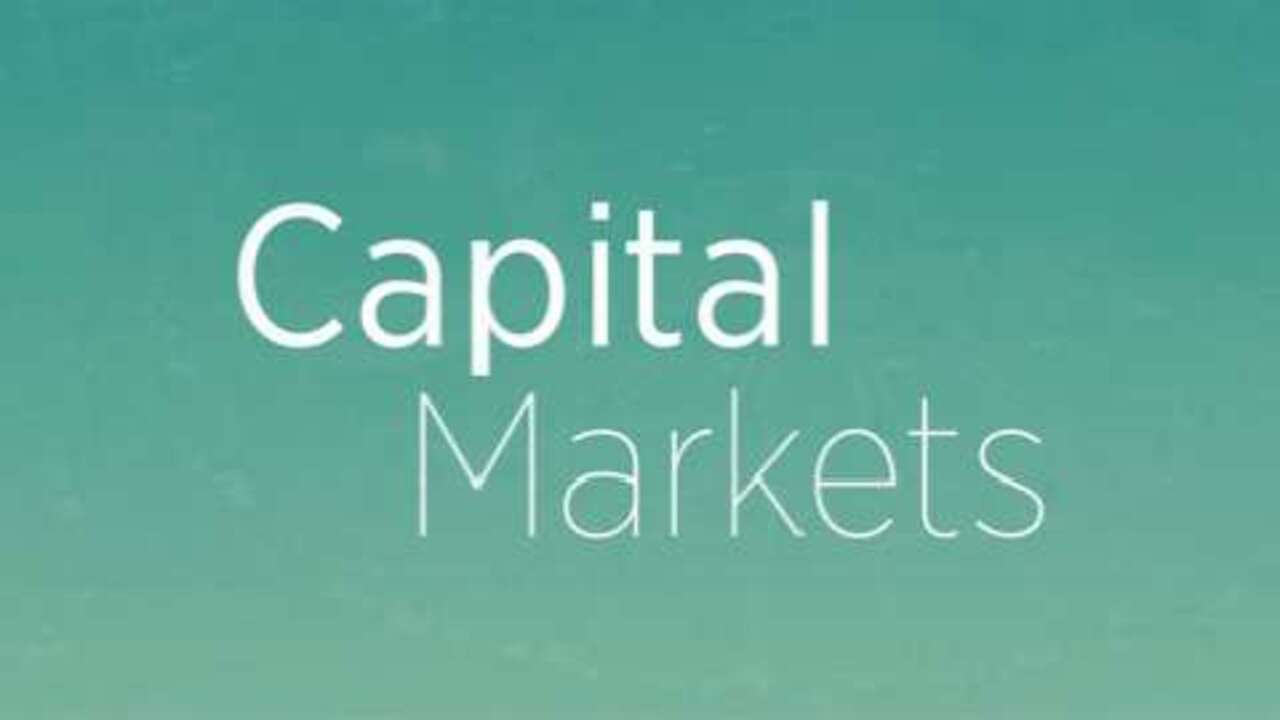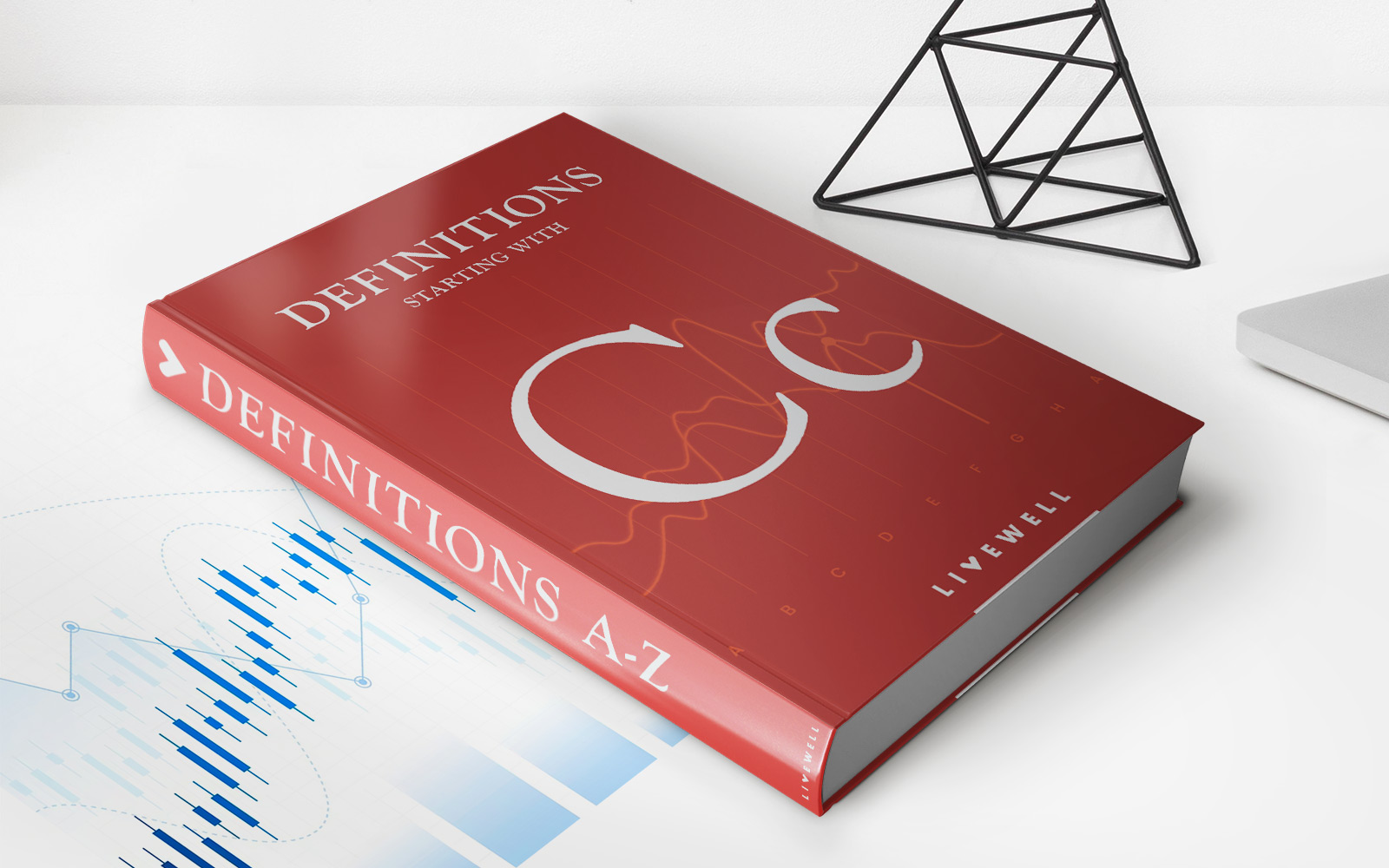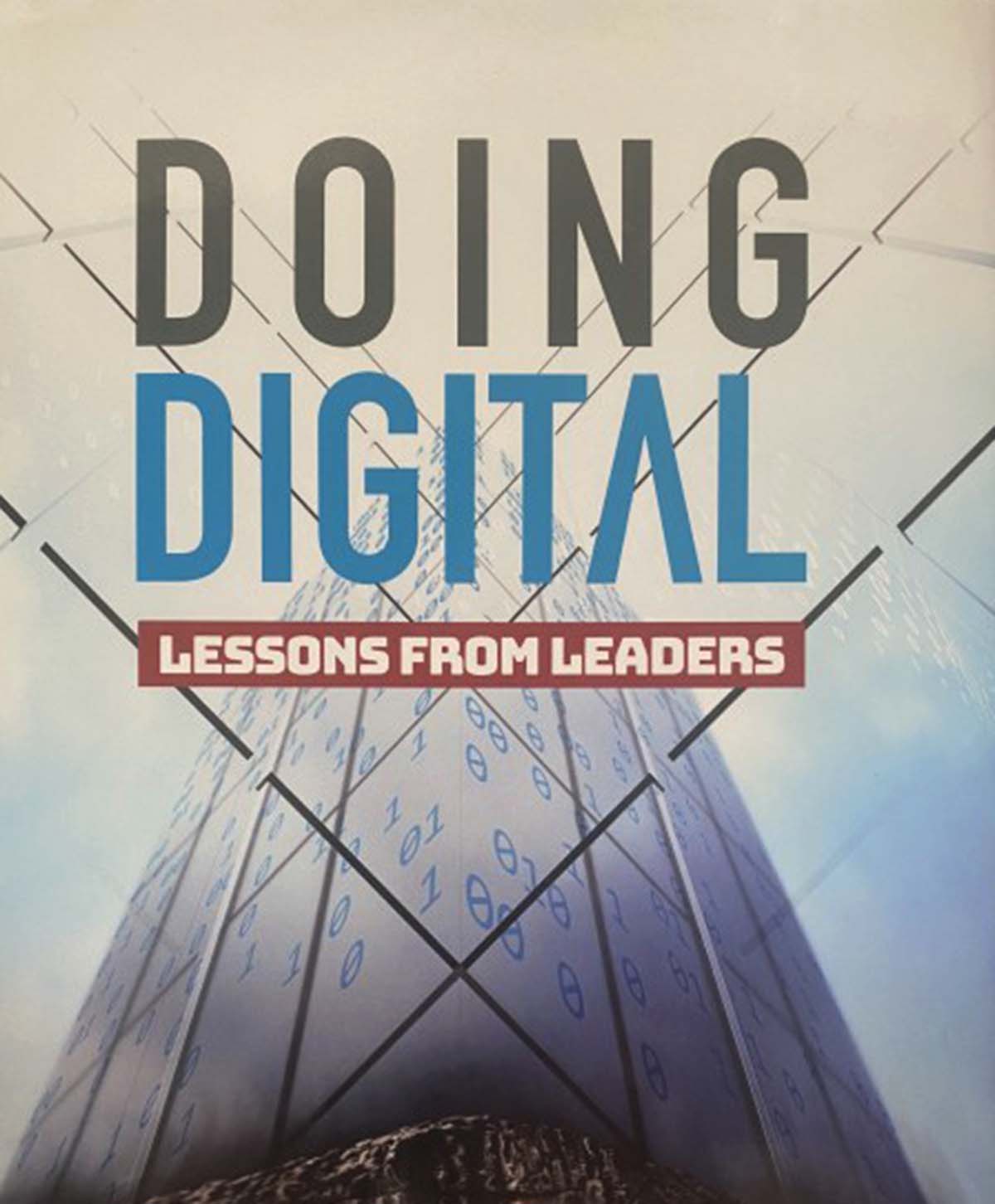

Finance
Why Is My Statement Balance 0
Published: March 2, 2024
Discover why your statement balance is 0 and learn how to manage your finances effectively. Get expert tips and insights on improving your financial situation.
(Many of the links in this article redirect to a specific reviewed product. Your purchase of these products through affiliate links helps to generate commission for LiveWell, at no extra cost. Learn more)
Table of Contents
Introduction
Understanding Statement Balances
When you receive your monthly credit card statement and notice that the balance is $0, it can be both surprising and puzzling. A $0 statement balance may leave you wondering whether it’s a positive sign, a cause for concern, or simply an error. Understanding the implications of a $0 statement balance is crucial for effectively managing your finances and ensuring that everything is in order.
Statement balances play a significant role in your financial life, as they reflect the amount you owe on your credit card at a specific point in time. This balance encompasses all the transactions made during the billing cycle, including purchases, payments, fees, and interest charges. Therefore, a $0 statement balance could indicate various scenarios, each with its own implications and potential causes.
In the following sections, we will delve into the possible reasons for a $0 statement balance, shedding light on the factors that could contribute to this situation. Additionally, we will explore how to address a $0 statement balance and provide insights to help you navigate this financial scenario effectively. By gaining a comprehensive understanding of statement balances and their implications, you can confidently manage your finances and make informed decisions regarding your credit card usage and payments.
Understanding Statement Balances
Statement balances are a fundamental aspect of credit card management, serving as a snapshot of your outstanding debt at the end of each billing cycle. When you make purchases, incur fees, or accrue interest on your credit card, these transactions contribute to your statement balance. This balance is distinct from your current balance, which reflects real-time changes to your account, including pending transactions and recent payments.
It’s essential to differentiate between the statement balance and the current balance to grasp the implications of a $0 statement balance. While a $0 statement balance may initially seem like a positive outcome, it’s crucial to consider the timing of your payments and the billing cycle. If you consistently pay off your entire statement balance before the due date, you may indeed achieve a $0 statement balance, signaling responsible credit card management and avoiding interest charges.
However, a $0 statement balance can also arise from other factors, such as not using your credit card for an entire billing cycle, returning previously purchased items, or experiencing a credit balance due to a refund or overpayment. Understanding the various scenarios that can lead to a $0 statement balance empowers you to assess your financial situation accurately and identify any potential issues that may require attention.
Moreover, comprehending the interplay between your statement balance, current balance, and available credit enables you to make informed decisions about future purchases, payments, and overall credit card utilization. By maintaining a clear understanding of statement balances and their implications, you can navigate your financial landscape with confidence, ensuring that your credit card activity aligns with your financial goals and priorities.
Possible Reasons for a $0 Statement Balance
A $0 statement balance can stem from various circumstances, each carrying its own implications and considerations. Understanding the potential reasons behind a $0 statement balance is pivotal in evaluating your financial standing and addressing any underlying issues. Here are several common scenarios that can lead to a $0 statement balance:
- Timely Payment: If you consistently pay off your entire statement balance before the due date, you may achieve a $0 statement balance for that billing cycle. This reflects responsible credit card management and can help you avoid accruing interest on carried-over balances.
- Minimal or No Activity: A lack of transactions or minimal credit card usage throughout the billing cycle can result in a $0 statement balance. If you’ve refrained from making purchases or have only incurred negligible fees or interest charges, your statement balance may naturally amount to $0.
- Returns and Credits: Returning purchased items or receiving credits, refunds, or overpayments can lead to a negative balance on your credit card account. In such cases, your statement balance may show as $0 or even reflect a credit balance due to the returned or refunded amounts.
- Introductory Promotions: Some credit card issuers offer introductory promotions with a 0% APR (annual percentage rate) for a specified period. If you’ve taken advantage of such promotions and have not accrued any interest during the promotional period, your statement balance may be $0.
It’s important to note that while a $0 statement balance can indicate responsible credit card management and prudent financial habits, it’s essential to consider the broader context of your financial activity. By recognizing the potential reasons for a $0 statement balance, you can effectively gauge your financial health, identify areas for improvement, and make informed decisions regarding your credit card usage and payments.
How to Address a $0 Statement Balance
While a $0 statement balance can signify responsible credit card management and timely payments, it’s important to approach this scenario with a proactive mindset to maintain a healthy financial profile. Here are several steps to address a $0 statement balance effectively:
- Review Your Financial Activity: Take a comprehensive look at your credit card transactions, payments, and any returns or credits that may have contributed to the $0 statement balance. Understanding the specific factors that led to this outcome can provide valuable insights into your financial habits and help you identify areas for improvement.
- Assess Your Credit Utilization: Evaluate your overall credit utilization, which compares your credit card balances to your credit limits. While a $0 statement balance may be positive in the short term, consistently maintaining a $0 balance on all your credit cards can lead to a low credit utilization ratio, potentially impacting your credit score. Aim to utilize a moderate portion of your available credit to demonstrate responsible credit usage.
- Plan for Future Expenses: Anticipate upcoming expenses and consider how you can strategically utilize your credit card to earn rewards, benefit from consumer protections, and manage your cash flow. By planning for future purchases and expenses, you can maintain an optimal balance between credit card utilization and timely payments.
- Monitor Your Credit Score: Regularly check your credit score and credit reports to ensure that your financial activity aligns with your long-term goals. While a $0 statement balance can reflect responsible credit management, it’s essential to maintain a diverse credit history and demonstrate your ability to manage credit effectively.
- Consider Building Credit History: If you’re new to credit or aiming to enhance your credit history, a $0 statement balance can be a stepping stone toward establishing a positive financial track record. However, it’s important to gradually build credit history by using your credit card responsibly and making timely payments to showcase your creditworthiness.
By addressing a $0 statement balance proactively and integrating it into your broader financial strategy, you can leverage this scenario to strengthen your financial foundation, optimize your credit utilization, and enhance your overall financial well-being.
Conclusion
Understanding the implications of a $0 statement balance is integral to managing your credit card effectively and maintaining a healthy financial outlook. While a $0 statement balance can result from responsible credit card management, timely payments, and minimal usage, it’s essential to consider the broader context of your financial activity and its impact on your overall financial well-being.
By recognizing the potential reasons for a $0 statement balance and addressing this scenario proactively, you can navigate your financial landscape with confidence and make informed decisions regarding your credit card usage and payments. Whether you’ve achieved a $0 statement balance through prudent financial habits or encountered this outcome due to minimal activity or returns, leveraging this situation to enhance your credit utilization, monitor your credit score, and plan for future expenses can contribute to a robust financial strategy.
Ultimately, a $0 statement balance can serve as an opportunity to assess your financial habits, optimize your credit utilization, and align your credit card activity with your long-term financial goals. By integrating this understanding into your financial approach, you can leverage a $0 statement balance as a stepping stone toward sustained financial well-being and responsible credit management.














